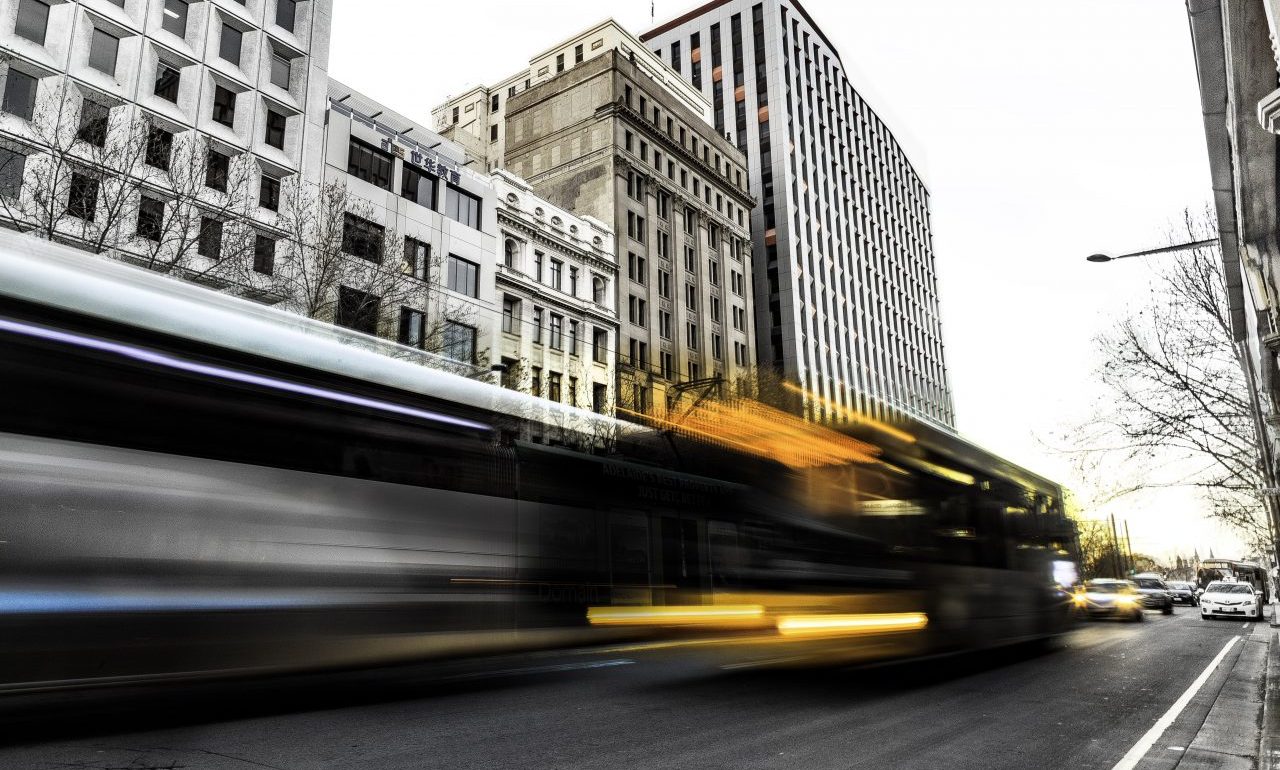Subscribe to get weekly updated delivered directly to your inbox!
Consultations, feedback, and events
- LIGHT RAIL: Stage 2 to Cambridge consultations online feedback due March 17
- TRANSIT: New Directions 2017-2021 Grand River Transit plan
- KITCHENER:
- CAMBRIDGE: Transportation Master Plan
- REGION:
- Trade-offs in transportation
- Highland Road West public consultation March 8
Vision Zero
The Region is releasing its annual collision report. Overall, collisions were down 10% over the last report in 2014, (2015 had no report due to a process change), collisions with cyclists were down 19% (a 20 year per capita low), people suffering fatal injuries decreased to just 6 in 2016 (a 19 year per capita low), but collisions with pedestrians increased 6%. The Region uses the data from the report to target safety improvements. One such measure this year is the exploration of leading pedestrian intervals to give people walking through an intersection a head-start before cars are allowed to move.
A major shift in this year’s report is the consideration of Vision Zero – a program originally developed in Sweden to set long-term goals to bring the number of fatal collisions to zero. Expect another report later this year to look at Vision Zero strategies from other North American cities and provide recommendations for policy for the Region to adopt. We will need to hold the Region’s feet to the fire to avoid flimsy or meaningless targets or actions though.
A major topic of the report was roundabouts and intersections – Homer Watson and Block Line had an entire report of its own. In Wisconsin, a new study confirms that roundabouts increase the total number of collisions, but reduce the number of injuries and fatalities. Sidewalk Labs looks to the intersection of the future that can dynamically accommodate safety and the needs of all modes, while Streetsblog reviews the engineering standards that put traffic flow above safety for people crossing the street.
This past week, Toronto’s Public Works committee delayed and asked staff to water down its Complete Streets policy, to include what amount to incomplete streets. In the US, increasing road fatalities have some cities looking at slower speed limits; lawmakers have also introduced a “Vision Zero” bill to Congress (though it has little chance of success).
Locally, the driver who struck local artist Robert Linsley while riding a bike was charged with careless driving and changing lanes unsafely, an SUV driver who struck a mother and 3 year old child in a crosswalk was charged with careless driving and failing to yield, while a teen who drove into a house, but didn’t hurt anyone, was given a stronger charge of stunt driving and dangerous operation of a motor vehicle.
Light rail and rapid transit
Grandlinq promises ION trains will be more accessible and a smoother ride than buses. Meanwhile, Metrolinx is talking to other light rail vehicle suppliers as it continues towards the possibility of severing its contract with Bombardier, but the TTC is again confident they will receive all 204 Flexity Outlook streetcars they have ordered by 2019.
More closures and construction are planned for Uptown, including GRT detours. The BIA reports that business goes on despite the disruption.
To the west, new opponents to the Shift London bus rapid transit plans have emerged, calling themselves Down Shift London. Thankfully, the local paper is fact-checking their claims. To the east, Sean Marshall reviews plans for Mississauga’s Hurontario LRT.
Transit
GRT bus drivers have voted to go on strike if a deal can’t be made with the Region by March 19. The union citied concerns over working conditions. For happier drivers, in Vancouver, Daniel Bettridge observes the Canadian habit of saying “thank you” to the bus driver when debarking a bus, and an Atlanta citizens’ group is taking nominations for the MARTA Kudos Awards for exceptional transit workers.
GRT is beginning to install the new fareboxes on buses in preparation for the new EasyGO fare card. The Region will be replacing University of Waterloo and Wilfird Laurier University student cards with cards that are interoperable with the new system.
Trails
 City of Waterloo councillors approved up to $800,000 for glow-in-the-dark stones that can be embedded in pavement to illuminate the Waterloo Park promenade. Record columnist Luisa D’Amato derided the plan as expensive ‘bling’ bought with money better spent elsewhere, while Councillor Diane Freeman, who often calls for more services outside the core, defended the plan as public art, noting that the money is coming from a fund dedicated to Uptown from developers, not from taxes.
City of Waterloo councillors approved up to $800,000 for glow-in-the-dark stones that can be embedded in pavement to illuminate the Waterloo Park promenade. Record columnist Luisa D’Amato derided the plan as expensive ‘bling’ bought with money better spent elsewhere, while Councillor Diane Freeman, who often calls for more services outside the core, defended the plan as public art, noting that the money is coming from a fund dedicated to Uptown from developers, not from taxes.
In Kitchener, James Howe writes in the Community Edition about the need for a way across the ION tracks for the Traynor community.
Winter
This year’s mild winter is having a positive effect on city snow clearing budgets. It has also cut short TriTAG’s winter sidewalk mobility study. With data collection now complete, we look forward to sharing the results with you once we’ve crunched the numbers.
For days when winter’s icy blast returns, Tom Babin shares how the Finnish city of Oulu converts more summer cyclists into winter riders, by providing free studded tires.
Land use and parking
Kitchener Council is considering new policies to protect older central neighbourhoods while encouraging intensification. They’re also considering incentives for developers who build affordable housing – including reduced parking minimums.
Other North American cities such as Victoria BC and Austin, Texas are considering lowering their parking requirements. And a new study suggesting density might not have significant impact on travel mode has sparked debate in the planning profession. Other planners note that reductions in car travel is still impossible without density and that compact development brings many other benefits beyond just transportation.
Ride-hailing
A new report looks at Uber and other ride-hailing companies’ impact on New York City, finding that these services contributed substantially to congestion and may have had a role to play in transit use decline. The report explores how transit agencies can better compete with ride-hailing services for riders by providing better reliability, speed, and information to customers, while also looking at options to correct the market with road-pricing.


I think the London response is proof positive that opponents who claim they’d rather buses are better really were just arguing for disruption. Most would have opposed BRT just as vehemently.
I also find it interesting that these downtown businesses somehow think that the world can exist without any form of construction ever. I seem to recall DTK merchants suffering through substantial King St. construction years prior to LRT, but if you listen to the complaints from merchants you’d never believe it.
I don’t wish to throw businesses under the bus as it were, but I really wish fewer of them (because I’m sure this is not all) were obstructionist instead of trying to work with the region to get to a better solution (as most probably are), and I really wish the papers, and BIA would report more loudly on which ever businesses are working with the region (or London for that matter).
What thoughts do you have about ION Stage 2 route? At Preston open house staffer Matthew answered my concerns about Shantz Hill and getting from Hespeler Rd to Samuelson yards. I tried hard to make the case for stops at Freeport and Speedsville – much potential at both.
But biggest problem I see is BUSINESS CASE. Given the engineering challenges and the distance covered, the cost will surely be equal to Stage 1 (apx $1B), but only serve one-third the population. PLUS, the province also has to buy or double-track the Milton line in order to connect ION to GO: doubles the cost again. With all the competing demands for infra improvements, I can’t see Cambridge ever getting to the top of the list. $2B outlay for small pop – and there’s not much beyond Cambridge to be building toward.
Yet Matthew told me the Region expects to get 100% funding from upper levels of gov. Is the Region dreaming in technicolour?